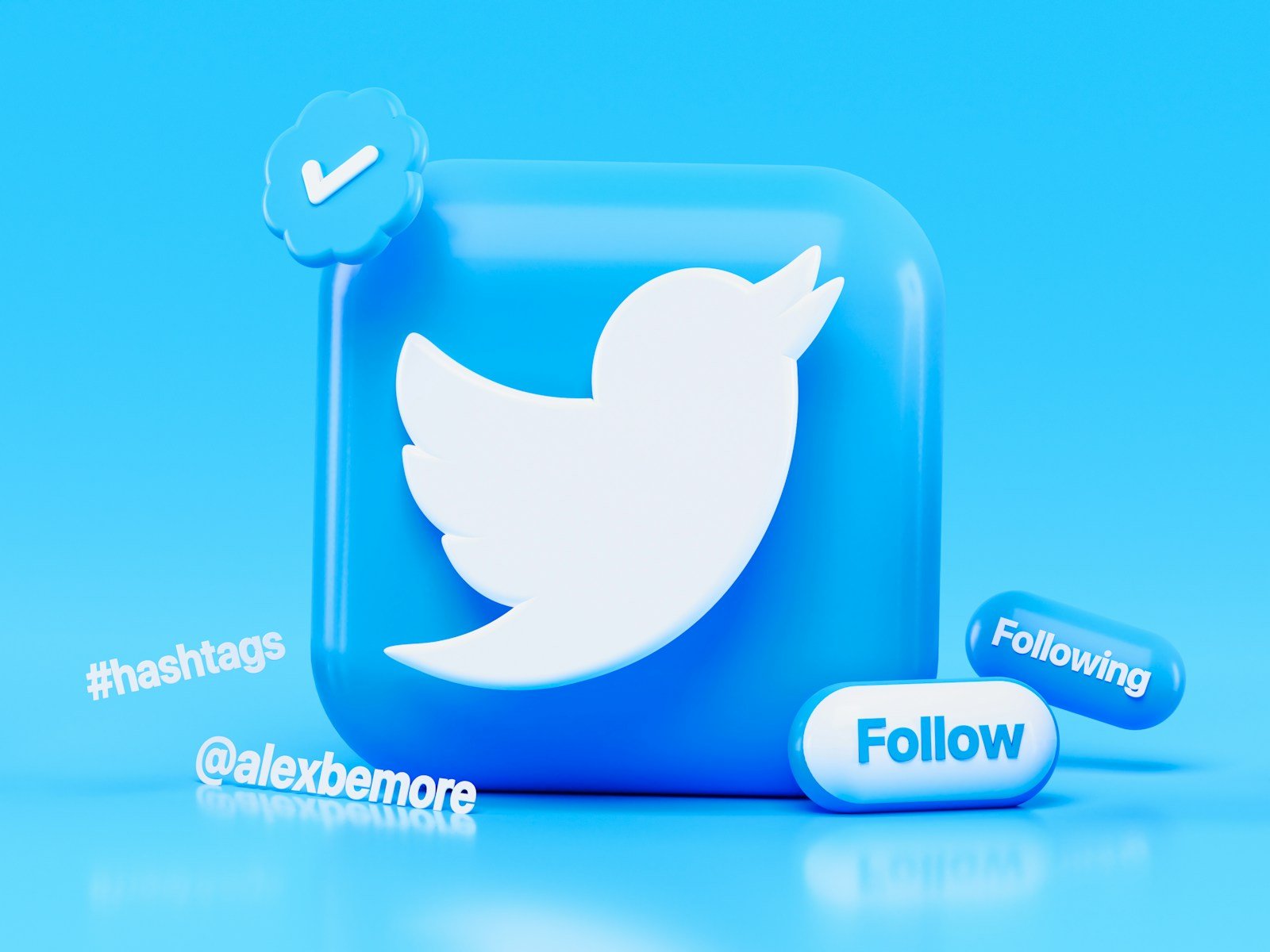Evolution of Social Media Platforms
The digital era has witnessed a rapid evolution of social media platforms, each offering a unique set of features and functionalities to cater to diverse user needs. From the early days of platforms like MySpace to the dominance of Facebook and the rise of Instagram and Snapchat, the social media landscape has continually evolved to meet the changing preferences of users.

According to social media expert John Doe, “The social media ecosystem is dynamic, with platforms constantly adapting to user behavior and technological advancements. The success of a platform often hinges on its ability to innovate and provide users with engaging experiences.”
The Dominance of Twitter
Twitter, with its character limit and real-time nature, has carved a niche for itself in the realm of social networking. The platform has become a go-to source for news, trends, and real-time updates, making it a valuable tool for individuals, businesses, and influencers alike. With over 330 million monthly active users, Twitter has established itself as a prominent player in the social media landscape.
Notable statistic: According to Twitter’s official data, the platform sees approximately 500 million tweets sent per day, emphasizing its role as a hub for real-time information sharing.
Addressing the Gaps
Despite Twitter’s popularity and widespread usage, some argue that there are gaps in the platform’s functionality that could be addressed by introducing a new microblogging service. These gaps may include issues related to content moderation, user experience, algorithmic biases, and privacy concerns.
Tech analyst Sarah Smith comments, “While Twitter has its strengths, there are areas where it falls short in terms of ensuring a safe and inclusive environment for users. A new platform could potentially address these shortcomings and offer a fresh perspective on microblogging.”
Innovations in Microblogging
In recent years, there have been attempts to innovate in the microblogging space, with platforms like Mastodon and Gab gaining traction among niche communities. These platforms often emphasize features such as decentralized networks, enhanced privacy controls, and community moderation, offering an alternative to the mainstream social media giants.
Data-driven insight: According to a study by Tech Trends Research Institute, there has been a steady increase in user interest in alternative microblogging platforms that prioritize user privacy and content moderation.
The Potential for Competition
The introduction of a new microblogging platform could potentially introduce healthy competition into the social media landscape, prompting existing platforms to innovate and improve their services. Competition has historically driven technological advancements and user-focused developments, leading to better overall experiences for users.
John Doe states, “Competition in the social media space is essential for driving innovation and ensuring that platforms remain responsive to user needs. A new microblogging platform could encourage existing players to up their game and deliver more value to users.”
User Adoption and Engagement
One of the key factors that would determine the success of a new microblogging platform is user adoption and engagement. Building a user base and fostering active engagement is crucial for the long-term sustainability of any social media platform. Understanding user behavior, preferences, and trends is essential for creating a platform that resonates with a diverse audience.
Notable quote: Tech entrepreneur Jane Doe emphasizes, “User engagement is at the heart of any successful social media platform. To attract and retain users, a new microblogging service must offer unique value propositions and prioritize user experience.”
Privacy and Security Considerations
In today’s digital landscape, privacy and security have become paramount concerns for users across all social media platforms. The growing emphasis on data protection, transparency, and user control has led to increased scrutiny on how platforms handle user information and ensure the security of user data.
Data-driven insight: A survey conducted by Data Privacy Research Group revealed that 78% of users consider privacy and security features as critical factors when choosing a social media platform.
Wrapping Up
The question of whether the universe needs another Twitter is a complex and multifaceted issue that involves considerations of user needs, technological innovations, competition, and privacy concerns. While Twitter has established itself as a dominant player in the microblogging space, there may be room for new platforms to offer innovative solutions and address existing gaps in the social media landscape.
As the digital era continues to evolve and user preferences shift, the introduction of new microblogging platforms could pave the way for enhanced user experiences, increased competition, and a more diverse social media ecosystem. Ultimately, the decision to introduce another Twitter-like platform will depend on a variety of factors, including market demand, technological feasibility, and user adoption rates.
